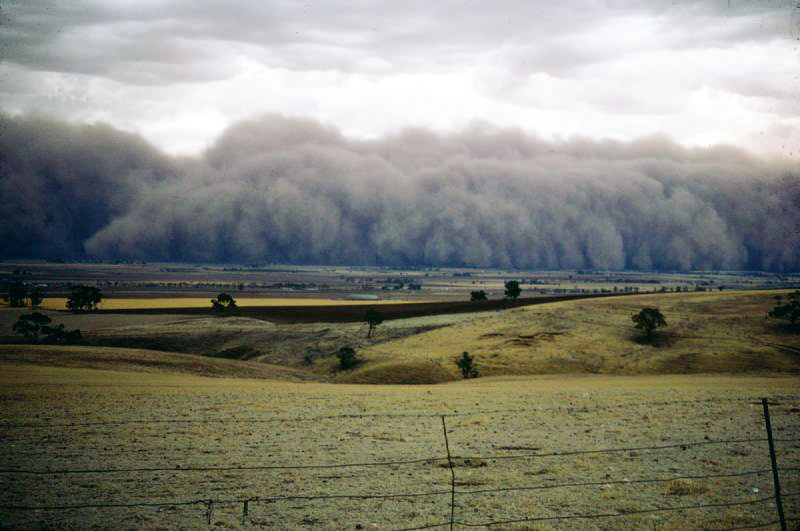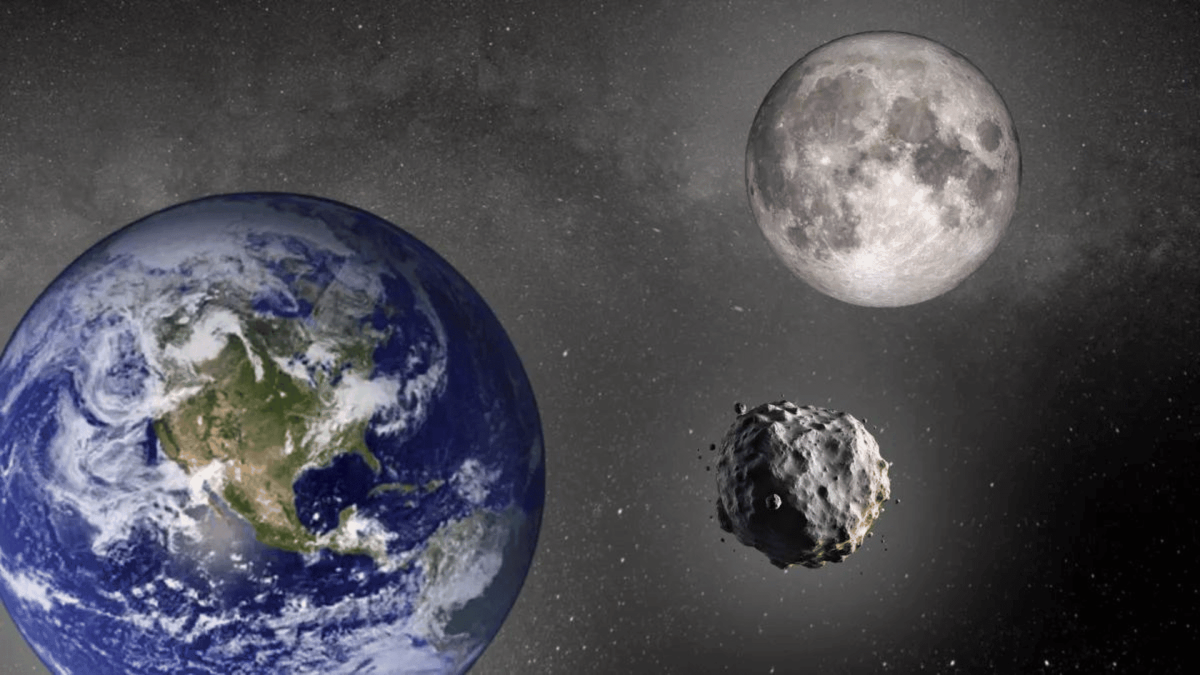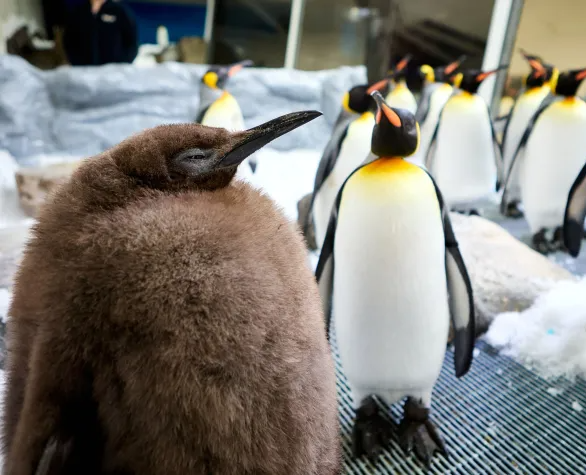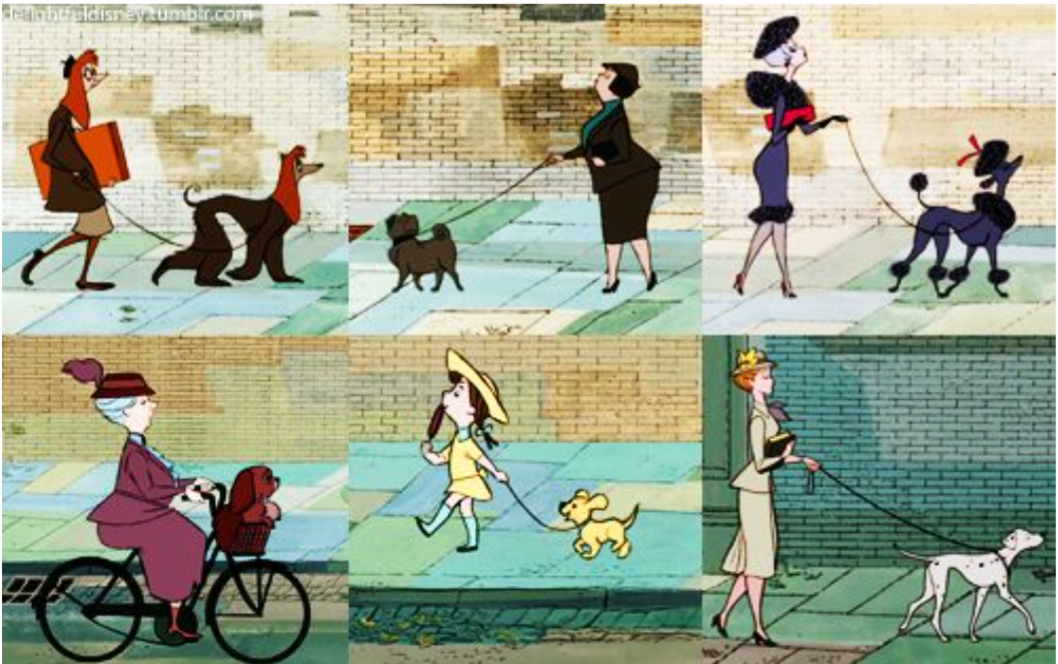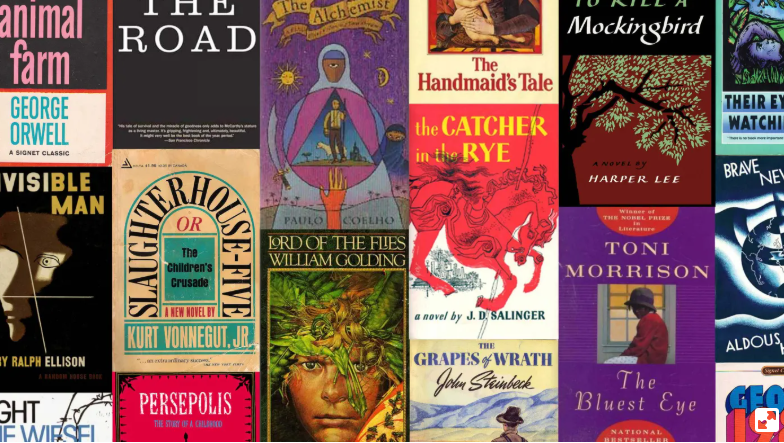Our universe is a wonderful and mesmerizing thing; the more we seem to discover, the more we learn that we know so little. As one of the many projects launched to discover space and send information back to Earth, James Webb’s telescope captures images of space using high-resolution and high-sensitivity instruments that allow it to see objects that are too distant, old, or faint for the Hubble telescope to see.
The organization Physics at High Angular Resolution in Nearby GalaxieS was able to use the Webb telescope to capture portraits of over 19 spiral galaxies and further the million stars that reside there.
We currently live in the Milky Way galaxy, one of the many spiral galaxies in our universe. According to CNN, astronomers believe “about 60% of all galaxies are spiral galaxies” and further these observations can “help astronomers better understand star formation and the evolution of spiral galaxies like our own.”
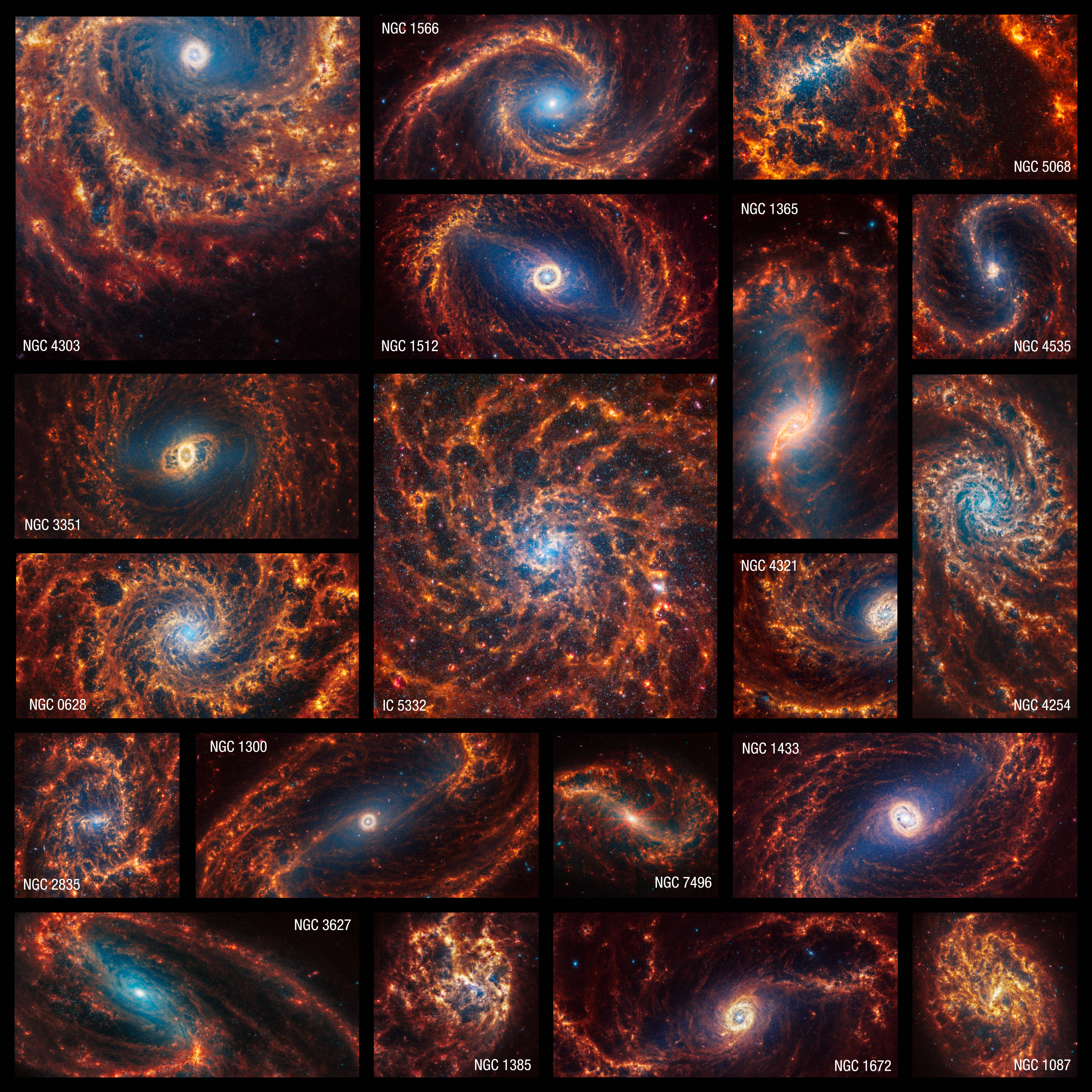
Janice Lee, the PHANGS scientist, explains to CNN News that these images “are extraordinary” because all “bubbles and filaments are resolved down to the smallest scales ever observed, and tell a story about the star formation.”











